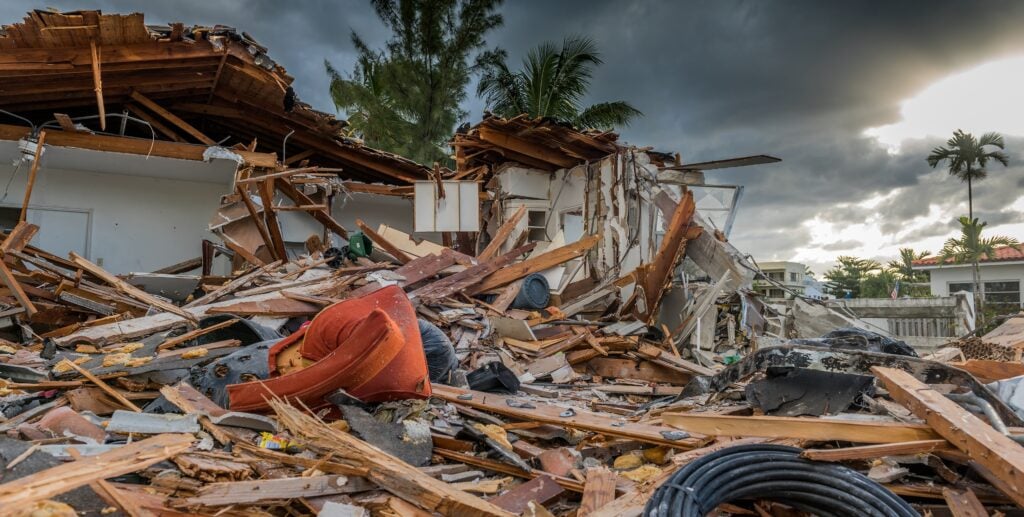Essential Insurance Guide: Safeguard Your Property and Secure Tenant Coverage
In an unpredictable world, safeguarding your property and ensuring you have adequate tenant coverage is no longer just an option; it’s a necessity. Whether you’re a homeowner, landlord, or renter, understanding the intricacies of property and tenant insurance can provide you with peace of mind and financial protection. This article delves into the key components of property and tenant insurance, offering guidance to help you make informed decisions.
Understanding Property Insurance
Property insurance is a broad term that encompasses various types of coverages. The primary purpose is to protect physical assets against damages or losses. The most common forms include:
Homeowners Insurance: Designed for permanent residential properties, this insurance covers damage to the home from incidents such as fires, storms, theft, and vandalism. Policies typically also cover personal belongings and provide liability protection in case someone is injured on your property.
Landlord Insurance: If you own a rental property, landlord insurance is crucial. This covers the building itself, possible loss of rental income due to damages, and liability protection in the event tenants or visitors suffer injuries or damage.
Condominium Insurance: This policy is tailored for condo owners. It covers the interior of the unit and personal property, while the condominium association’s insurance generally covers the exterior and public spaces.
Each of these insurance types may differ significantly in terms of coverage limits, exclusions, and premiums, so it’s important to choose a policy that aligns with your specific needs and risks.
Exploring Tenant Coverage
For renters, safeguarding personal belongings and liability is just as critical. Enter renters insurance, a cost-effective way to protect yourself from unexpected disasters. Here’s what it typically covers:
Personal Property Coverage: This protects your belongings, such as furniture, electronics, and clothing, against risks like fire, theft, and vandalism. Renters insurance can reimburse you for the replacement cost, ensuring you’re not left high and dry after a loss.
Liability Protection: Accidents happen, and if someone is injured in your rented home, or if you accidentally damage someone else’s property, liability coverage can help protect against legal and court fees.
Additional Living Expenses (ALE): If your rented home becomes uninhabitable due to a disaster, ALE covers the costs of living elsewhere temporarily, such as hotel bills or restaurant meals.
Choosing the Right Coverage
When selecting property or tenant insurance, consider the following:
Assessment of Needs: Evaluate the value of your property and belongings, and understand the risks particular to your area, such as flood zones or earthquake-prone regions.
Policy Details: Always read the fine print. Understand the coverage limits, deductibles, and any exclusions or additional endorsements that might be necessary to fully protect your property.
Cost vs. Value: Insurance premiums are a crucial factor, but they shouldn’t be the sole determinant. A lower premium might mean insufficient coverage. Balance affordability with comprehensive protection.
Reputation of the Insurer: Choose a reputable insurance provider known for good customer service and efficient claims processing. Review testimonials and seek recommendations if necessary.
Final Thoughts
Insurance is a fundamental component of financial stability and security. Whether you own property or rent, protecting your assets and liabilities is paramount. With the right insurance coverage, you’re not only protecting your financial interests but also gaining invaluable peace of mind in knowing that you’re prepared for life’s unpredictabilities.
By taking proactive measures and carefully selecting the appropriate insurance policies, you can ensure that your property and lifestyle are protected, allowing you to focus on what truly matters—living confidently and securely.

